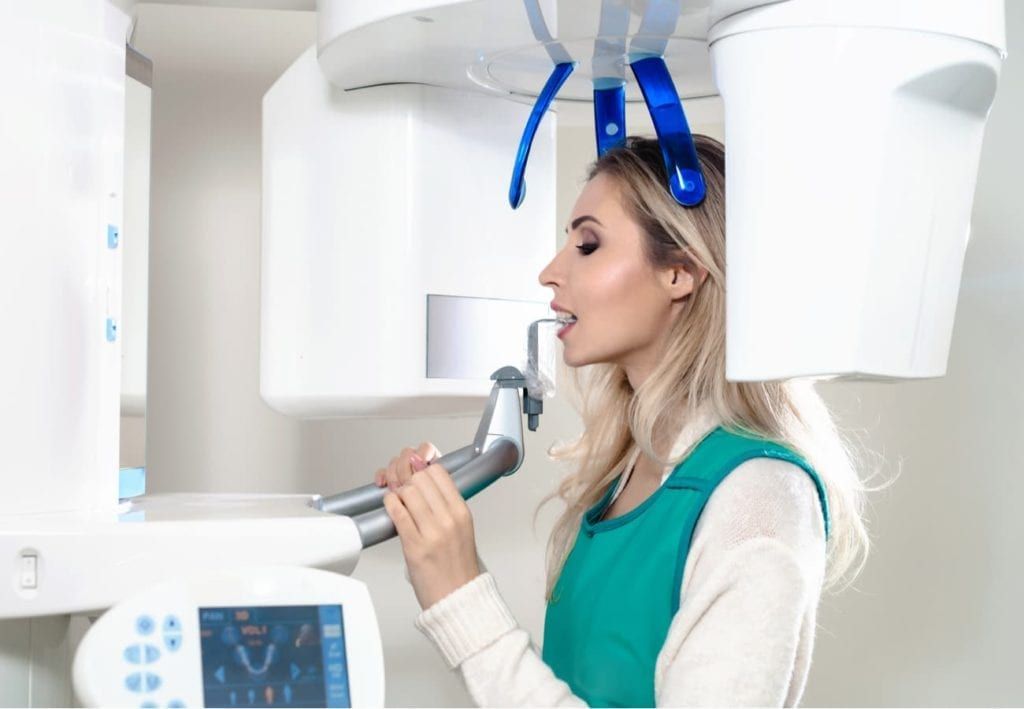
Root Canal Treatment
cbct scans
CBCT Scans or Cone Beam Computed Tomography is an advanced dental imaging technology that allows for an illimitable view of the teeth and supportive structures within the face. With Cone Beam 3D Imaging, a dentist can capture panoramic views of the maxillofacial area in just 10 seconds. Cone Beam 3D images offer an enhanced view of the face that can be examined and evaluated from multiple viewing angles. A single image can reveal the associative relationship between the hard and soft tissues of the mouth, which can aid in treatment planning and administration.

More about Endodontics
Did you know…
that while most infected teeth are easily identified by the symptoms they cause, some produce no discomfort at all? It is important to visit your dentist regularly for routine exams that may reveal diseased teeth that would otherwise go unnoticed. Failure to treat an infected tooth could result in the death of the tooth and total loss. Worse, the infection can spread to other areas of the body, causing potentially life-threatening conditions.
Frequently asked questions
Do I need root canal treatment?
You may need a root canal if tooth decay or a broken tooth has allowed the pulp to become infected and inflamed. Signs and symptoms to watch out for include temperature sensitivity, swelling, drainage, odor, pain, and discoloration of the tooth. It is important to treat infections quickly, as delaying treatment can result in severe tooth pain and abscess.
What should I expect to happen during my root canal?
Your endodontist will numb your tooth with a local anesthetic and administer analgesia if needed. Once the tooth is numb, an opening will be made in the top of your tooth to access the canals. Your endodontist will use tiny instruments to remove pulp from your tooth and prepare it to be filled. We will only do temporary fillings on all teeth we work on. We will send our patients back to their general dentist for the permanent restoration.
Will I need to follow any post-operative instructions following my root canal treatment?
You will be allowed to drive yourself home from your root canal visit and may even wish to return to work the same day. However, it is normal for your tooth to be sensitive in the days following your procedure. You’ll need to avoid biting anything with your filled tooth, as this can cause it to break or fracture. So long as the tooth heals normally and you experience no complications, you can return to your endodontist within a month to have a crown or other restoration placed on the tooth.
More about CBCT Scans
Did you know…
that Cone Beam 3D images are similar to the images available through CT scans? The difference is that there is far less radiation exposure, it takes less time, and the images can easily be obtained in a dental office. Cone Beam 3D images can also be stored digitally for future reference or for easy transfer between providers.

